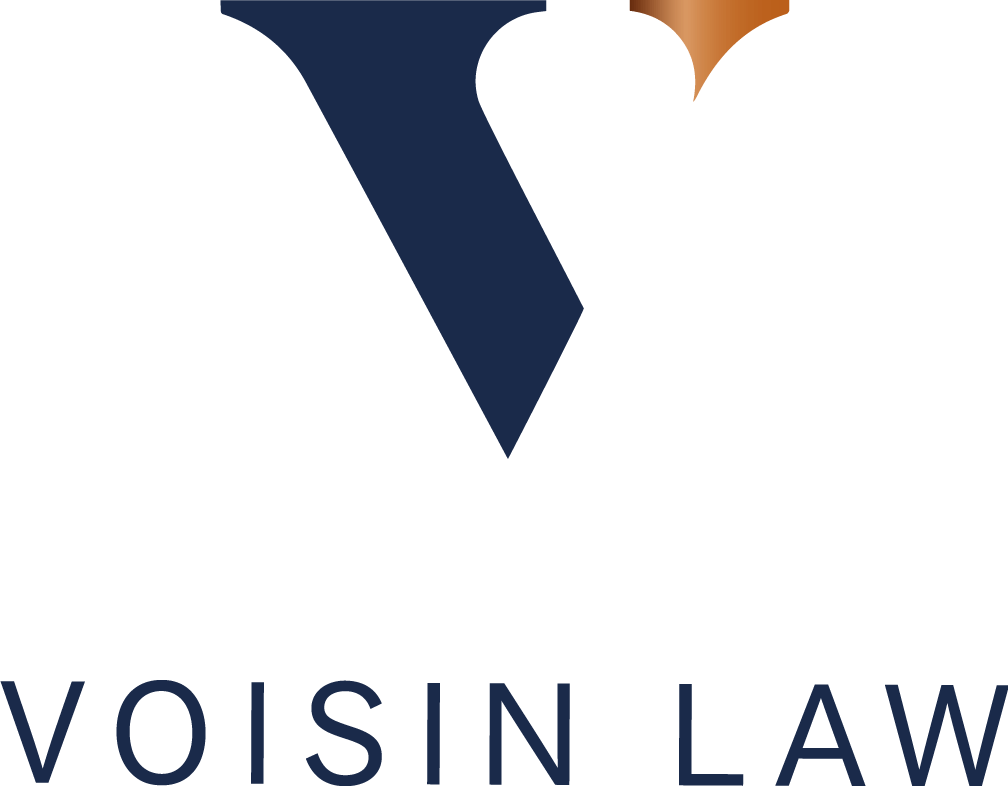
Royal Court gives important clarification on “Insolvent” Trusts issues
Nigel Pearmain | 03/08/16
In an important Judgment published earlier this month, the Royal Court has provided clarification to the complex area of “Insolvent” Trusts. As the Court itself noted, it is, strictly speaking, a misnomer to call a trust insolvent, given that a trust is not a separate legal entity and cannot, as a matter of law, be insolvent. Nevertheless, it is a useful description for a trust that finds itself in a situation where its liabilities exceed its assets and the Royal Court was dealing with such a situation In the Representation of the Z Trusts [2015] JRC196C.
Volaw Trust Company Limited (“the Representor”) had issued a Representation for directions from the Royal Court, given the financial position of the ZII Trust and at the first hearing of the Representation, the Royal Court ordered that the Z II Trust be administered on an insolvency basis under a regime to be approved by all of the creditors or failing that by the Court. Accordingly, the matter was adjourned for a period, during which time the trustee circulated proposals for the winding up of the Z II Trust in accordance with Court directions in that regard.
Subsequent to the first hearing, the Settlor of the Z II Trust (as Appointor) appointed two additional trustees as trustees of the Z II Trust (the “Additional Trustees”). The Settlor was a creditor of the Z II Trust and a connected trust (the ZIII Trust) and other creditors included connected parties to the family or other entities established for the family and administered by the Additional Trustees. Indeed, the only unconnected creditors were the Representor and the former trustees, who had placed the Representor on notice of a significant claim that it faced and to which it was seeking indemnification from the trust fund under its lien and the contractual indemnity that it received when it retired as trustee in favour of the Representor.
The Additional Trustees held a different view as to the need for an insolvency procedure and were selected by the Settlor on the basis that they would assist with resolving the various financial difficulties that had beset the Z II Trust, given that they administered the other entities that were creditors of the Z II Trust.
Given the fact that the Trust was subject to administration under court directions, the exercise of the powers of the Settlor to appoint the Additional Trustees was viewed cautiously by the Representor and the former trustee also expressed concerns over the Settlor exercising a fiduciary power in the circumstances and where a conflict of interest arose.
Accordingly, the Court sat to consider the validity of the appointment of the Additional Trustees and a number of useful confirmations and clarifications were given by the Court at the hearing, namely:
1. The power to appoint additional trustees was a fiduciary power but the mere fact that the Settlor (as donee of that power) may acquire some incidental benefit from the exercise of it does not necessarily invalidate it. However, where there is more than one motive to the exercise of a power, one fraudulent and another not, then the test for validity is a “but for” test, namely whether but for the intention to achieve the ulterior purpose the purpose would have been exercised in any event.
2. The fiduciary duties that apply to a power are the same regardless of whether the donee of that power is a trustee or a third party holding fiduciary powers in relation to a trust.
3. Where there is an insolvency or probable insolvency of a trust, the trustee and all those holding fiduciary powers in relation to the trust can only exercise those powers in the interests of the creditors. The trustee or fiduciary of such a trust would be wise therefore to exercise their powers either with the consent of all the creditors or under directions given by the Court.
4. Where an insolvent trust is administered for the benefit of the creditors, it is administered for them as a class and not for the majority of them, however large that majority may be, in the same way that a liquidator of a company in a creditors’ winding up owes his or her duties to the creditors of the company as a class, not to individual creditors.
5. Insolvency of a trust is triggered by the cash-flow test i.e the inability of the trustee to meet its debts as they fall due out of the trust property. The position of trustees is to be equated to individuals or companies in the ongoing conduct of their business and activities, rather than an estate, where the affairs of the deceased are being wound up finally and the creditors of the estate can be expected to wait until the assets are realised, and so the balance sheet test is the appropriate test for determining insolvency.
In the circumstances of this case, the Court concluded that the Additional Trustees had been invalidly appointed, on the basis that the powers had been exercised in the interests of the beneficiaries, so that their chosen trustees could take control with a view to avoiding an insolvency regime for a connected trust, which holds assets of importance to the family. The appointments were not made in the interest of all of the creditors of the Z II Trust.
The case has provided useful clarification on a most uncertain area of trust law. The case also flagged up the fact that the actions of fiduciary powerholders who seek to exercise their powers to change trustees, once a matter is already before the Court (absent the consent of convened parties/creditors or leave of the Court) will be viewed by the Court, in all likelihood, as highly provocative. In this case, the Court stated as such and noted that it was “inevitable” that the validity of the appointment would be challenged, giving rise to costs and delays.
For further information please contact Nigel Pearmain nigelpearmain@voisinlaw.com or visit our website voisinlaw.com









